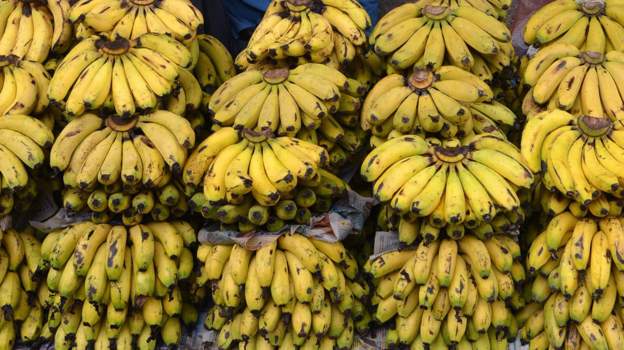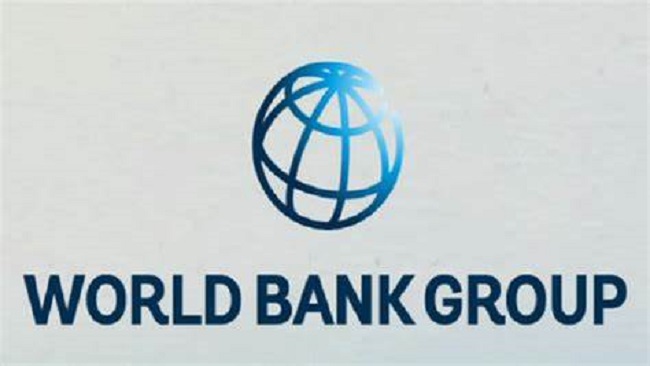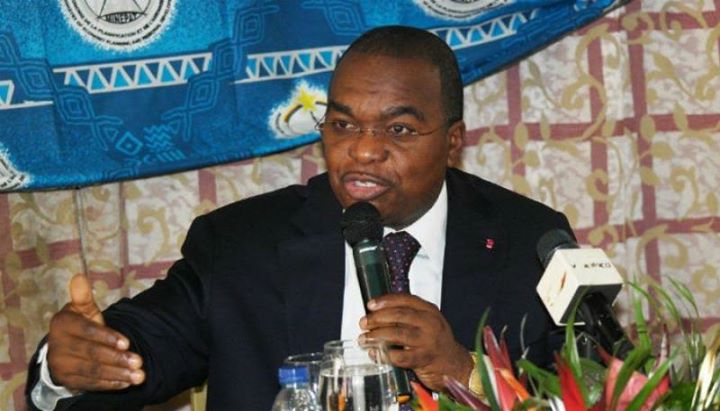19, March 2023
France-Afrique: One-Day CEMAC Summit Ends In Yaoundé 0
Heads of state from the Economic and Monetary Community of Central Africa (CEMAC) met in Yaoundé, for a one-day summit to discuss the region’s economy and impact of the war in Ukraine.
The heads of state welcomed the “exceptional” economic measures undertaken by the group’s members to mitigate the impact of the conflict.
“We are fully satisfied because the objectives sought have been achieved by our heads of state and I believe that the best is yet to come in terms of sub-regional integration”, said Cameroon’s Ambassador to Equatorial Guinea, Désiré Menguele.
The meeting, which began at ministerial level on Wednesday, also saw 90-year-old Paul Biya pass on the mandate as head of the conference to Central African Republic President Faustin-Archange Touadera for one year.
The six-nation group comprises the Central African Republic, Chad, Gabon, Equatorial Guinea and the Republic of Congo in addition to Cameroon, in a union around a common currency, the CFA franc.
Source: Von.gov.Ng

























20, March 2023
Scramble For Africa: Gunmen kill 9 Chinese at mine in Central African Republic 0
Gunmen stormed a Chinese-operated gold mining site that had recently been launched in Central African Republic, killing nine Chinese nationals and wounding two others Sunday, authorities said.
However, the rebel coalition initially blamed by some for the attack put out a statement later in the day. Without providing evidence, it accused Russian mercenaries from the Wagner Group of being behind the violence.
The attack early Sunday came just days after gunmen kidnapped three Chinese nationals in the country’s west near the border with Cameroon, prompting President Faustin Archange Touadera to plan a trip to China in a bid to reassure investors.
The assault on the Chimbolo gold mine began around 5 a.m. when the gunmen overpowered the site’s guards and opened fire, said Abel Matipata, mayor of the nearby town of Bambari, located 25 kilometers (16 miles) away. The mining site’s launch had taken place just days earlier, he added.
The bodies of the victims were brought to the capital, Bangui, later Sunday. Local authorities said they were pursuing the assailants, but declined further comment. Residents said that the violence was the latest incident undermining confidence in security forces.
“The government is having difficulty proving its ability to protect Central Africans and foreigners living in the country,” said Ange Morel Gbatangue, a resident of Bambari.
There was no immediate claim of responsibility, but suspicion fell on the Coalition of Patriots for Change, or CPC, which is active in the area and regularly launches attacks on the country’s armed forces. The alliance of rebel groups is aligned with former President Francois Bozize.
Anselme Bangue, who supports the current president’s administration, called the attack on Chinese businessmen an act of “indescribable cowardice.”
“The CPC has not only slowed down the country’s economic momentum, but is now attacking the foundation of development. This is unacceptable,” Bangue said.
However, CPC military spokesman Mamadou Koura said those allegations were false. He claimed without evidence that Russian mercenaries had planned the attack “with the goal of scaring Chinese who have been present long before the Russians settled in this part of the country.”
The shadowy Russian mercenary group was hired by Touadera to provide security and military training, but has been accused by U.N. observers of committing human rights abuses including massacres.
Central African Republic remains one of the poorest countries in the world despite its vast mineral wealth of gold and diamonds among others. A myriad of rebel groups have operated with impunity across the embattled country over the past decade, thwarting mining exploration by foreign companies.
Many of those now operating in the country are Chinese-run and have faced security challenges. In 2020, two Chinese nationals died when local residents led an uprising against a Chinese-operated mine in Sosso Nakombo. And in 2018, three Chinese citizens were killed by angry community members after a local leader died in a boating accident while accompanying Chinese miners to a site.
Source: ABC News